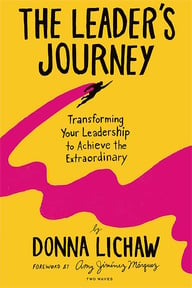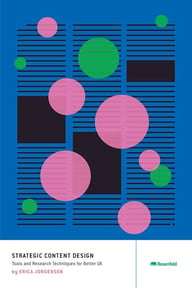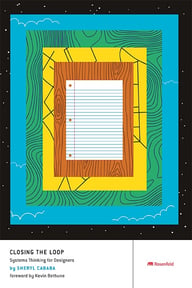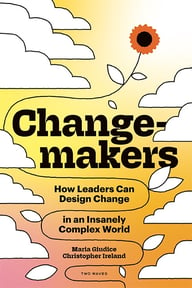Summary
Learn about the concept testing methodology and various approaches available, when to use them, the types of decisions they can support, and the process to conduct good concept testing with mixed methodologies in mind.
Key Insights
-
•
Concept testing helps confirm the need for a product idea before development.
-
•
Different types of concept tests address various business questions and products.
-
•
The primary goal of concept testing is to prioritize product features based on user needs.
-
•
Qualitative research can enhance concept testing by identifying user motivations and behaviors.
-
•
Monadic tests focus on one concept, while sequential tests evaluate multiple concepts, allowing for nuanced insights.
-
•
Trade-off techniques like MaxDiff help prioritize product features efficiently.
-
•
Combining qualitative and quantitative approaches provides richer insights and better decision-making.
-
•
Advertising concepts are critical for understanding how to communicate product benefits effectively.
-
•
Concept testing should be integrated early in the product development process to ensure alignment with market needs.
-
•
Effective concept testing can justify resource allocation for UX research initiatives.
Notable Quotes
"Concept testing can bridge the gap between UX insights and business outcomes."
"Before investing in product development, we need to confirm there is a market need."
"Product features are less important than what those features do for the user."
"The ideal way to run concept testing is to combine qualitative and quantitative research."
"When testing concepts, clarify what is included in the description: the what, the why, and the how."
"MaxDiff is excellent for prioritizing features when you have a long list."
"Qualitative research uncovers user needs; quantitative research validates those findings."
"Trade-off techniques provide greater discriminatory power than rating scales."
"Concept testing can help save time and money by validating ideas before development."
"The effectiveness of concept testing relies on the careful selection of methods suited to the research objectives."















More Videos

"When you onboard somebody new, give them a journal."
Holly ColeUnderstanding Experiences: When you have to do more than work
November 8, 2018

"If user research is brought in early, you can prevent the mistake of thinking your users want ice cream when they may actually want cookies."
Craig Brookes Andreas Huebner Morgan Quinn"Just Make it Look Good" and Other Ways We're Misunderstood
June 11, 2021

"Let's start grabbing the reins and push back against superficial interpretations of research."
Indi YoungPaying Better Attention to the Problem with Indi Young
December 12, 2019

"I believe that when we have these multiple points of information, it does help build trust and improves our decision-making processes."
Chris EngledowlA Mixed Method Approach to Validity to Help Build Trust
April 28, 2023

"To maximize research impact, we should view AI as a means to amplify human insight, not as a replacement."
Llewyn PaineCoexisting with AI: A practical guide for researchers to navigate tools, ethics, and integration
March 11, 2025

"Always clarify to stakeholders that recruiting participants is a nuanced process that requires collaboration."
Sarit GeertjesPeople, not Petri Dishes: Stories from a Research Recruiter
September 23, 2019

"Sometimes compromise is necessary for the greater good."
Prerna MakanawalaAchieving Balanced Design Consistency
June 9, 2021

"Invite others to challenge your assumptions and to add their own."
Jennifer FraserWhat would Emmy Noether Do? Math, Models and Mulling in UX Research
March 29, 2023

"Learning culture is paramount; you have to change better if you're always changing yourself."
Brenna FallonLearning Over Outcomes
October 24, 2019
















